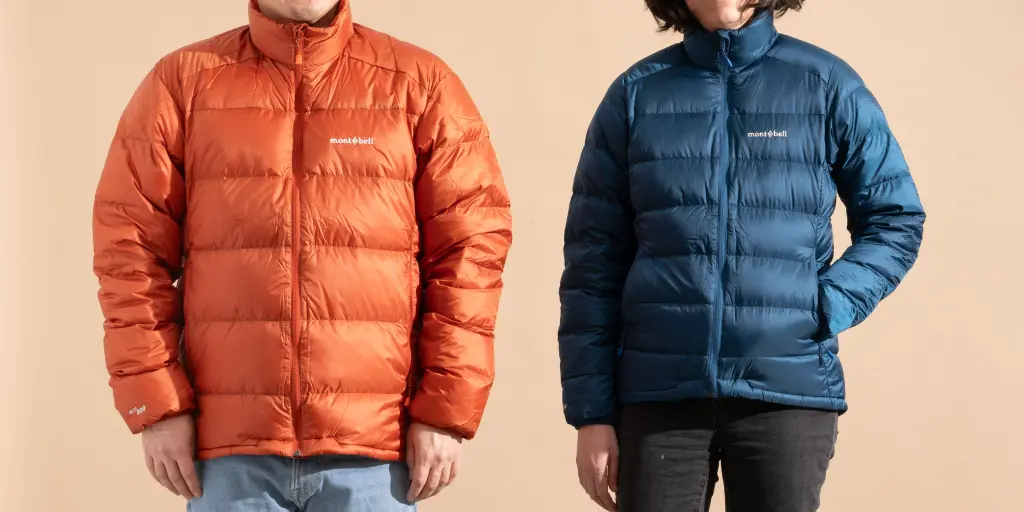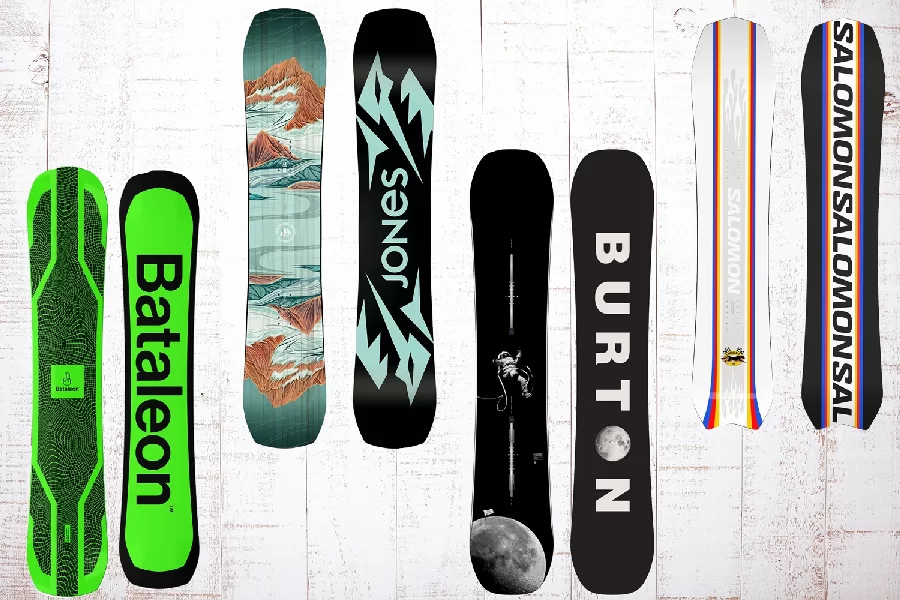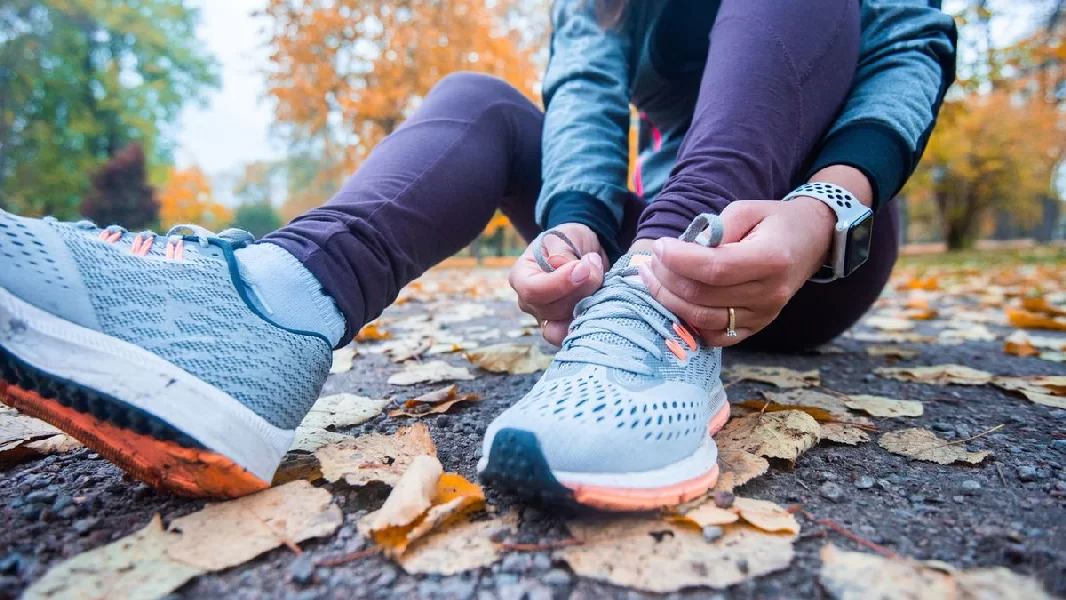
Introduction:
A down jacket is a versatile and essential piece of outerwear that provides warmth, comfort, and insulation in cold weather conditions. However, with numerous options available in the market, selecting the right down jacket can be overwhelming. In this blog post, we will guide you through the key factors to consider when choosing a down jacket, ensuring you make an informed decision and find the perfect jacket to keep you cozy in chilly environments.
- Fill Power:
Fill power refers to the quality and loftiness of the down insulation used in the jacket. It measures the amount of space one ounce of down occupies in cubic inches. Higher fill power indicates better insulation and warmth retention. Look for jackets with a fill power rating of 600 or higher for optimal warmth and compressibility. Higher fill power jackets are typically lighter, more breathable, and offer better insulation. - Down to Feather Ratio:
The down to feather ratio determines the jacket’s insulation and durability. A higher ratio of down to feathers, such as 90/10 or 80/20, indicates a higher-quality jacket. Down clusters provide superior warmth and loft, while feathers add structure and durability. Avoid jackets with a low down to feather ratio, as they may compromise warmth and overall quality. - Fill Weight:
Fill weight refers to the amount of down insulation inside the jacket. A higher fill weight indicates more down, resulting in increased warmth. However, it’s important to strike a balance between warmth and weight. Consider the intended use of the jacket and the temperature range you’ll be encountering. For extreme cold conditions, opt for a higher fill weight, while a lighter fill weight is suitable for milder climates or layering purposes. - Outer Shell Fabric:
The outer shell fabric of a down jacket plays a crucial role in its durability, water resistance, and windproof capabilities. Look for fabrics that are lightweight, durable, and have a high thread count to prevent down leakage. Nylon and polyester are commonly used materials that offer excellent water repellency and wind resistance. Additionally, check if the fabric has a DWR (Durable Water Repellent) coating for added protection against moisture. - Baffle Design:
Baffles are the compartments that keep the down insulation evenly distributed throughout the jacket. The baffle design affects warmth, weight, and packability. There are two main types of baffle designs:
a. Sewn-Through Baffles: These are stitched-through compartments that create channels for the down. They are lightweight, less expensive, and suitable for mild to moderate cold conditions. However, they may result in cold spots at the stitching lines.
b. Box Baffles: These are individual fabric boxes that hold the down insulation. Box baffles provide better insulation, prevent cold spots, and are ideal for extremely cold conditions. They are typically found in high-end down jackets but can be bulkier and less compressible.
- Hood and Collar:
Consider whether you need a down jacket with a hood or a collar. A hood provides added protection and warmth for your head and neck, making it suitable for cold and windy conditions. Look for a jacket with an adjustable and insulated hood that offers a snug fit and can be cinched down for better insulation. If a hood is not necessary, opt for a jacket with a high collar to shield your neck from the cold. - Fit and Mobility:
Choose a down jacket that offers a comfortable and appropriate fit for your body shape and intended use. Consider whether you’ll be layering underneath the jacket and ensure there is enough room for movement without feeling restricted. Look for jackets with articulated sleeves and adjustable cuffs or hem for a customized fit. Try on different brands and models to find the one that suits your body type and preferences. - Brand Reputation and Reviews:
Research reputable brands known for their quality down jackets and read reviews from other users. Look for brands that source ethically produced down and prioritize sustainability. Consider factors such as customer feedback, warranty policies, and the brand’s commitment to responsible manufacturing. Reliable brands often provide detailed information about their products’ specifications, helping you make an informed decision.
Conclusion:
Choosing the right down jacket requires careful consideration of factors such as fill power, down to feather ratio, fill weight, outer shell fabric, baffle design, hood and collar options, fit, and brand reputation. By assessing your specific needs, climate conditions, and intended use, you can find a down jacket that offers optimal warmth, durability, and comfort. Invest in a high-quality down jacket that will accompany you on chilly adventures, providing the insulation you need to embrace the outdoors with confidence and warmth.



